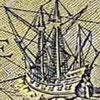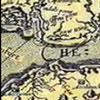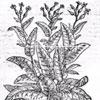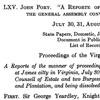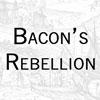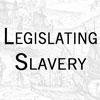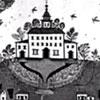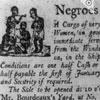Download Transcript: Jamestown Later
The pressing question for investors in the Virginia Company was how to profit from the Virginia colony venture. Around 1616, the English first discovered a possible answer.
Between 1607 and 1616, the death rate remained high in the Virginia colony due to disease, food shortages, conflict with Virginia Indians, and high turnover in leadership. In 1616, only 351 settlers remained of the almost 1,500 who immigrated from England.
In 1616, however, the colonists successfully harvested their first crop of tobacco – a process developed by John Rolfe, possibly under the guidance of Pocahontas. Smithsonian curator Barbara Clark Smith describes some of the resulting social and political changes.
Source: Roy Rosenzweig Center for History and New Media, John Smith Map: Jamestown Later (Fairfax, VA, 2010), accessed September 19, 2011. Full video in Roy Rosenzweig Center for History and New Media and Loudoun County Public Schools, “Source Analysis: John Smith Map” Foundations of U.S. History, accessed September 16, 2011.



